The 10 Coolest Flash Storage And SSD Products Of 2017 (So Far)
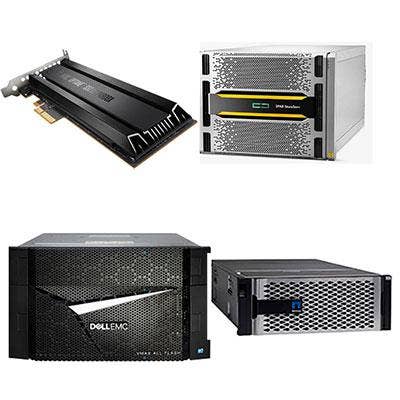
All-Flash Everywhere
Flash storage already was the storage media of choice for applications requiring the highest performance. But with the cost of flash technology trending downward and improved software increasing flash reliability, availability and density, flash storage is filtering to an ever-wider range of IT and industrial applications. (And yes, CRN knows there is a shortage of flash memory that has temporarily arrested the downward price curve.)
As a result, the all-flash array market is booming. Research firm Dell'Oro Group in June estimated revenue for the all-flash array market grew 48 percent year to year in the first quarter of 2017 to just over $1.3 billion, and revenue for all of 2017 could reach nearly $7 billion, up about 40 percent over all of 2016.
CRN has been watching the developments carefully. Take a look at some of the coolest of those developments so far in 2016.
(For more on the "coolest" of 2017, check out "CRN's Tech Midyear In Review.")
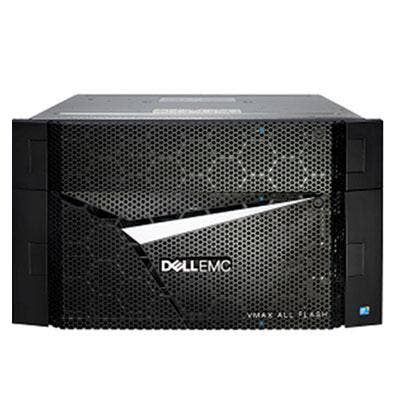
Dell EMC VMax 950F
The VMAX 950F is proof that top-of-the-line enterprise storage just keeps getting better.
The VMAX 950F is Dell EMC's new all-flash enterprise storage array family flagship product. The VMax 950F offers up to 4 petabytes of effective flash capacity across up to eight nodes. It has a 68 percent increase in the performance to as high as 6.7 million IOs per second, with 150-GBps bandwidth and a 30 percent increase in response time. Its performance gains come from a combination of new Intel Broadwell chips, new memory support and upgraded software that take advantage of them. Software enhancements include secure snapshot support for long-term snapshot retention, as well as enhancements for the DARE (data at rest encryption) SAN security requirements.
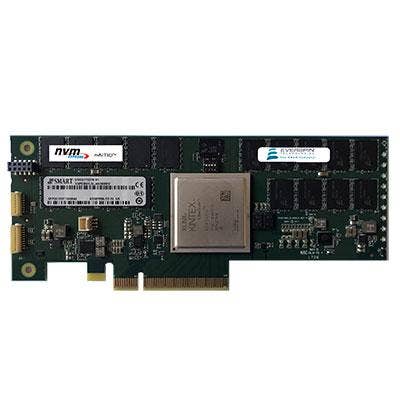
Everspin nvNitro
Everspin Technologies, Chandler, Ariz., in March unveiled its nvNitro line of storage accelerators that the company said offers extremely fast read and write times with ultra-low latency. The initial models are available with 1 GB or 2 GB of Spin Torque MRAM, based on its 256-Mb DDR3 ST-MRAM. Larger models with up to 16-GB capacity using Everspin’s 1-Gb DDR4 ST-MRAM are slated for release this year.
The nvNitro ES1GB and ES2GB offer 1.5 million IOPS with 6-microsecond end-to-end latency. They are available in a half-height, half-length PCIe format with either NVMe or MMIO access modes. The use of ST-MRAM provides for persistent data without the need for supercapacitors or battery backup.
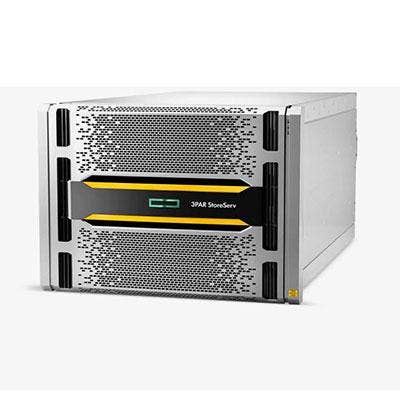
HPE 3Par
HPE in May introduced its new 3Par 9000-series, which is aimed at bridging midsize and higher-end storage requirements for customers hitting performance and scale limits. New to HPE is the 3Par StoreServ 9450, which provides all-flash performance to scalable and multitenant environments. HPE said the 3Par 9450 offers an 80 percent boost in performance over the previous 3Par midrange systems, with close to 2 million IOPs at less than 1 millisecond of latency. It scales to up to 6 petabytes of capacity.
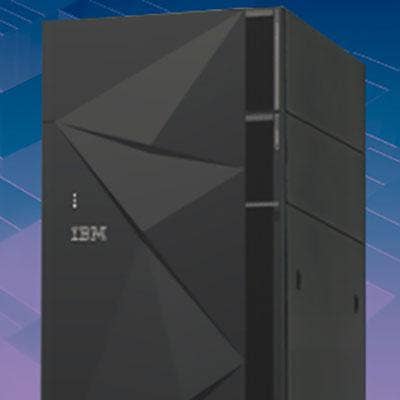
IBM DS8884F
IBM in January replaced its original DS8888F with three new models, all of which are based on the IBM Power Systems server and feature 99.9999 percent availability along with FICON connectivity for mainframe environments and Fibre Channel connectivity for non-mainframe mission-critical systems. One of those, the DS8884F business-class all-flash array, scales from 6.4 TB to 154 TB of flash capacity, and comes with 256 GB of DRAM cache and 32 Fibre Channel and FICON ports.
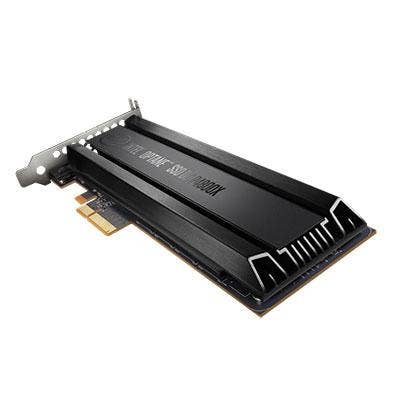
Intel Optane
Intel in March unveiled its new Intel Optane SSD DC P4800X flash storage devices based on its Optane memory technology designed to bridge the gap between high-performance DRAM and lower-cost NAND memory. The Intel Optane SSD DC P4800X comes in both AIC (add-in card) and U.2 form factors. The company initially shipped 375-GB and 750-GB AIC and 375-GB U.2 models. New 1.5-TB AIC and 750-GB and 1.5-TB U.2 models are slated to released later this year.
Intel said Optane offers five to eight times the performance of NAND SSDs at low queue depths, with up to 60 times better latency a 99 percent quality of service. Optane also has a response time of up to 40 times faster than NAND under random write workloads, and is rated for 30 drive writes per day.
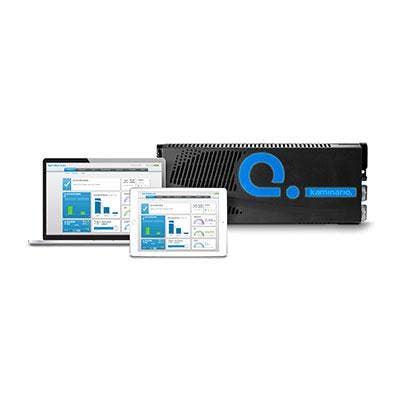
Kaminario K2 Gen6
Needham, Mass.-based Kaminario in February unveiled its sixth generation (Gen6) K2 all-flash array. The K2 is comprised of modular K-Blocks that include an active-active controller pair and between one and four drive shelves that each accommodate 24 SSDs. With 4-TB 3D TLC drives, a single Gen6 K-Block scales-up to 1 petabyte of effective capacity, a 5X increase over a Gen5 K-Block. The K-Blocks now also incorporate Intel Broadwell CPUs for double the performance of the previous generation. That allows a four K-Blocks to scale to up to 4 petabytes of effective capacity with 1.5M IOPS, 25 GBp of throughput, and 0.35ms latency.
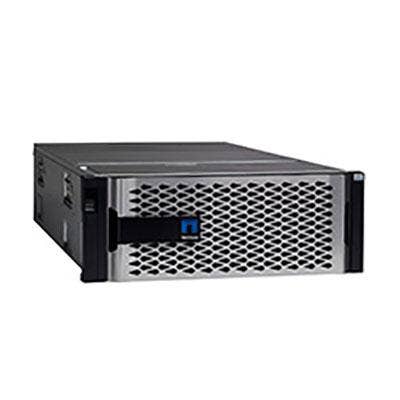
NetApp AFF A700s
NetApp in January unveiled the AFF A700s, which features an NVMe fabric-ready clustered architecture that runs NetApp ONTAP storage operating system. The AFF A700s supports 15-TB SSDs as well as 32-Gb Fibre Channel and 40-Gb Ethernet connectivity options. NetApp said the AFF A700s performs at just over 2.4 million SPC-1 IOPS at an average response time of 0.69 milliseconds. It provides over 600,000 IOPS and 1 petabyte of capacity in four rack units of space. Customers can also connect the AFF A700s to public clouds including Amazon Web Services, Microsoft Azure and IBM Cloud.
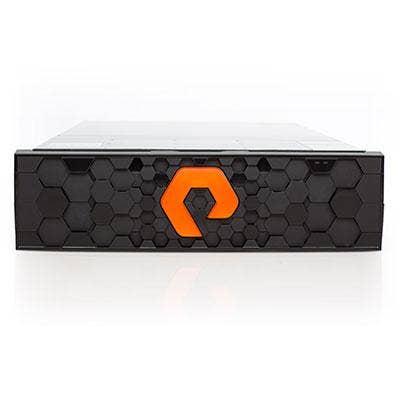
Pure Storage FlashArray//X
April saw the introduction of Pure Storage's FlashArray//X, a new all-flash array targeting high-performance web-scale applications and data analytics with the latest high-performance, high-density NVMe technology. With the FlashArray//X, Pure Storage is introducing a new native NVMe controller, new in-house-designed DirectFlash NVMe flash storage modules, and a new DirectFlash software designed to manage NVMe storage. It is available with 2.2-TB and 9.1-TB DirectFlash modules, and 18.3-TB DirectFlash modules are slated to ship later this year.
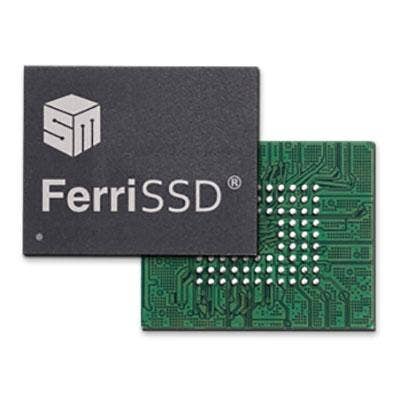
Silicon Motion SATA FerriSSD With 3D NAND
Taiwan-based Silicon Motion in March extended its 6-Gps SATA FerriSSD industrial BGA SSDs with support for 3D NAND flash. BGA, or ball grid array, SSDs offer small size and low power consumption and can be soldered directly on a motherboard.
The SATA FerriSSD 3D NAND devices address industrial, hyper-scale server and automation requirements with such data integrity capabilities as the ability to detect and correct any errors in the data path between the host and the NAND array and the ability to recover from sudden NAND cell problems caused from high-temperature operation or other data-retention failures.
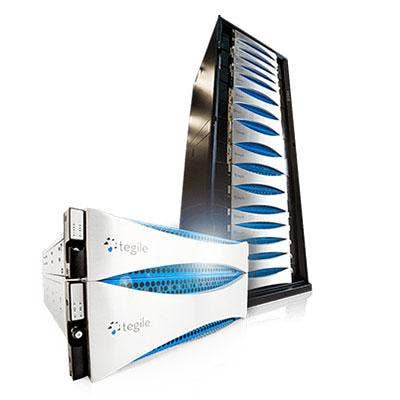
Tegile Systems IntelliFlash HD
Newark, Calif.-based all-flash storage array vendor Tegile Systems in June enhanced its line with a multitier flash storage platform that automates the movement of data between high-performance NVMe and high-capacity flash. The new IntelliFlash HD technology takes advantage of the different performance and capacity characteristics of the two common types of flash storage, using the NVMe to run high-performance applications and lower-cost flash for the bulk of the capacity. Software manages the migration of the data between the two tiers. with compression and deduplication. Total capacity of the IntelliFlash HD all-flash arrays can reach to 20 petabytes in a 42U rack with 5 million IOPS performance.